$PI
#PiNetwork #Cryptocurrency #Blockchain #CryptoNews #DigitalCurrency #Decentralization #TechInnovation #CryptoMining #FinancialTechnology #CryptoCommunity #Web3 #SustainableCrypto
Let’s explore the latest developments from Pi Network as of March 30th, offering insight into its impact and future prospects in the crypto world. Pi Network has been a topic of much discussion within the cryptocurrency community due to its unique approach to mining and accessibility. Unlike traditional cryptocurrencies that require significant computational power to mine, Pi Network allows users to mine coins on their mobile phones, proposing a more sustainable and inclusive model for crypto mining. This innovative approach has attracted a broad audience, from tech enthusiasts to those new to the cryptocurrency space, keen on participating in the digital currency revolution without the need for sophisticated hardware.
The concept behind Pi Network is to make cryptocurrency accessible to everyone, which aligns with the broader goal of decentralization central to the crypto movement. By allowing users to mine using just their mobile phones, Pi Network reduces the entry barriers that many face when looking to engage with cryptocurrency. This has implications for the wider adoption of blockchain technology, offering a case study in how cryptocurrencies can be made more inclusive, promoting wider financial participation. Furthermore, Pi Network’s emphasis on community and user engagement distinguishes it from other projects, fostering a sense of ownership and collective input into the network’s development.
As of March 30th, Pi Network is still in its developmental phase, steadily progressing towards its mainnet launch. The anticipation surrounding this event is palpable within the community, as it represents a critical milestone that could determine the project’s long-term viability and success. Investors and enthusiasts alike are closely monitoring the network’s updates, particularly concerning security measures, partnership announcements, and the development of its ecosystem, which includes applications and services built on the Pi blockchain. The successful transition to a mainnet will not only validate the project’s technical capabilities but also its model of user-friendly and sustainable crypto mining.
Moreover, the potential impact of Pi Network on the broader cryptocurrency market should not be underestimated. As the project gains momentum, it could challenge existing perceptions of mining and cryptocurrency participation, potentially paving the way for a new wave of digital currency adoption. Analyses suggest that Pi Network’s approach could also influence other projects, leading to innovations focused on sustainability and accessibility. However, like all crypto projects, Pi Network faces challenges, including skepticism from parts of the cryptocurrency community and the need to continually adapt to regulatory and technological changes. As we observe Pi Network’s journey, its endeavors could offer significant lessons and insights for the future of decentralized finance and cryptocurrency adoption.



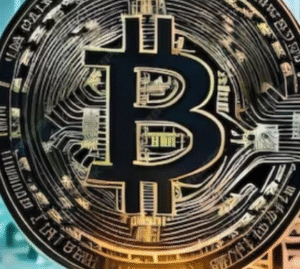
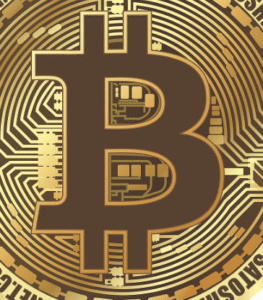
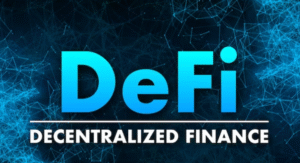

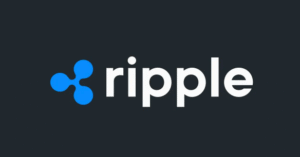

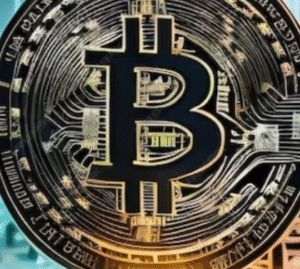
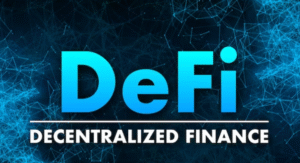
Comments are closed.